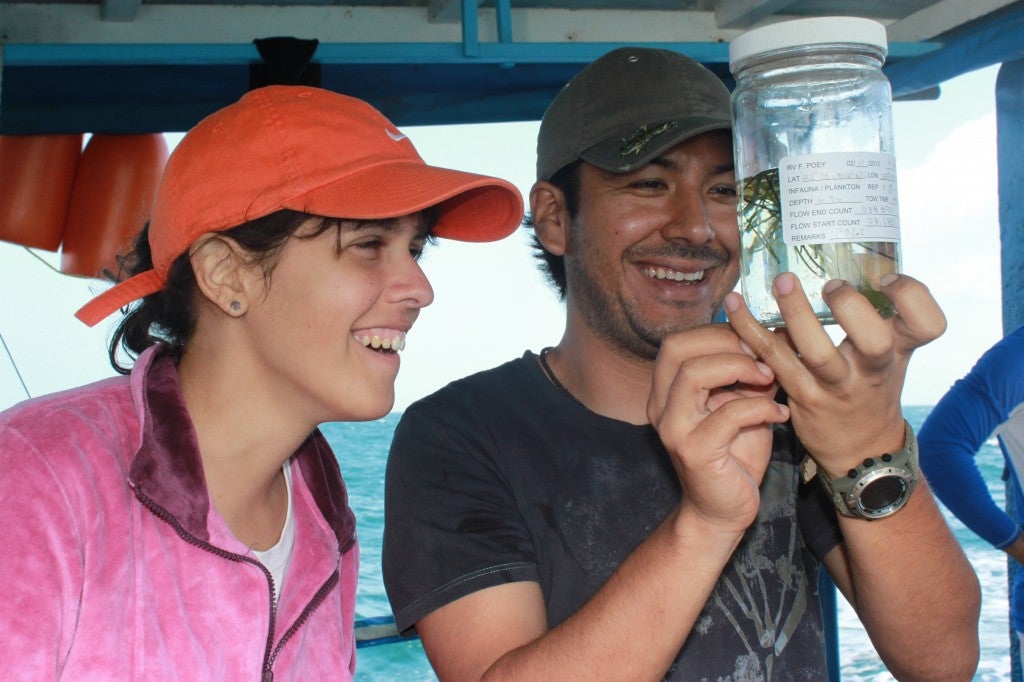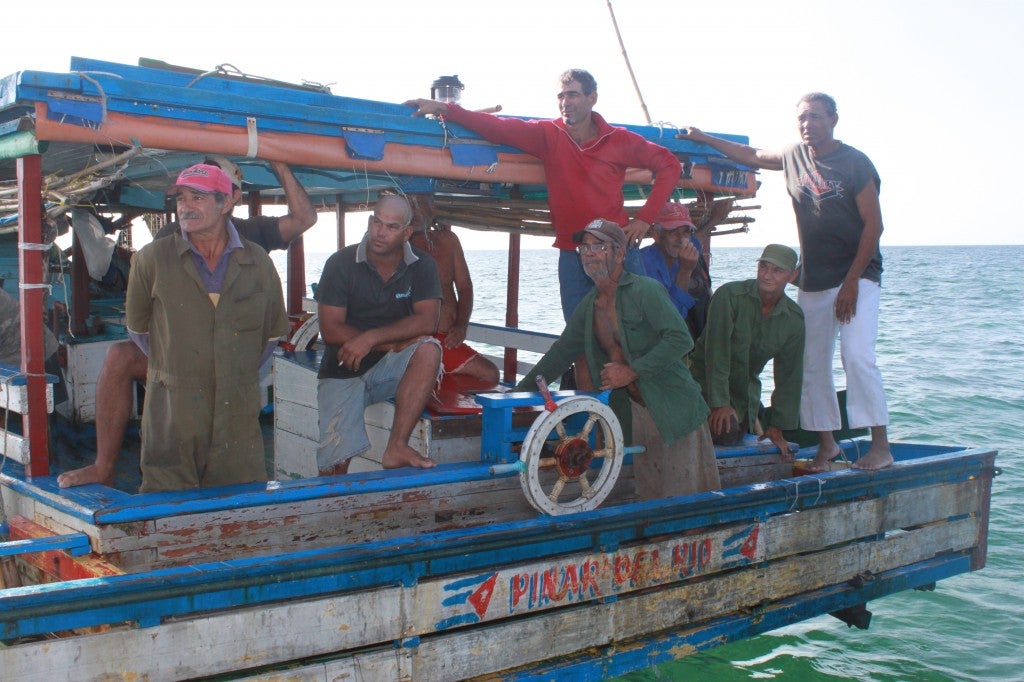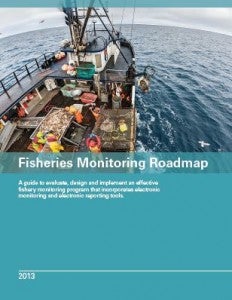On September 24, NOAA Fisheries released their report on the second year (2012) of the West Coast Groundfish Catch Shares Program, a program that EDF has been instrumental in helping to develop, implement and improve. The report notes the spirit of partnership that helped bring a catch share management system to the Pacific Coast, and praises the program’s conservation and economic performance. Mostly, however, NOAA credits fishermen for using the flexibility afforded under catch shares to improve their long-term economic prospects and avoid overfished species.
Here are some highlights:
- Conservation: The report notes “a significant reduction in the amount of bycatch,” of overfished species, and concludes that the program “is actively rebuilding several groundfish stocks.”
- Catch: Harvest of target stocks continues to improve—up 5% from 2011.
- Business Flexibility: Transfers of quota between fishermen increased dramatically in comparison with 2011, and were relatively constant throughout the year. This increase indicates better understanding among fishermen of how to leverage their allotment for efficient business planning. Read More















